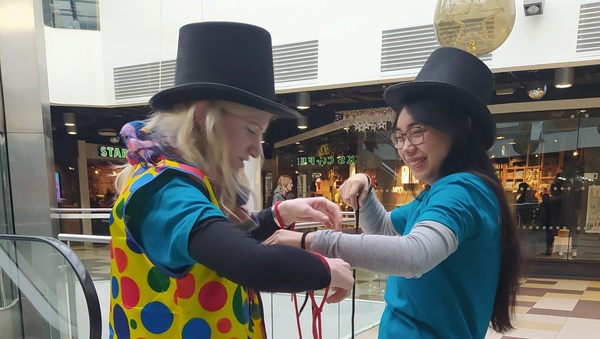Maths at the Museum: Art Challenge 2020

Maths is all around us. At home, outdoors and in everyday objects.
Did you know National Museums Scotland collects and cares for millions of objects? We have taken a delve into the stores for some inspiration for you enter the Museum Art Challenge 2020 with a mathsy twist.
This year National Museums Scotland has taken the annual art challenge online! For children and adults of all ages and abilities, the Museum Art Challenge is all about enthusiasm and having fun!
To take part, all you have to do is to make, draw or create an artwork at home inspired by the museum collections and share a picture of it. Use any medium or material you wish, the brighter the better.
Each week of the challenge will have a different theme. We'll be adding some maths inspired items to this blog post weekly to give you some inspiration. You can have a search yourself in the museum collections.
Week 4
The Final week theme is Favourite Objects
For this theme visitors and museum staff have chosen their favourite objects in the museum. We have chosen the Ellesmere locomotive.
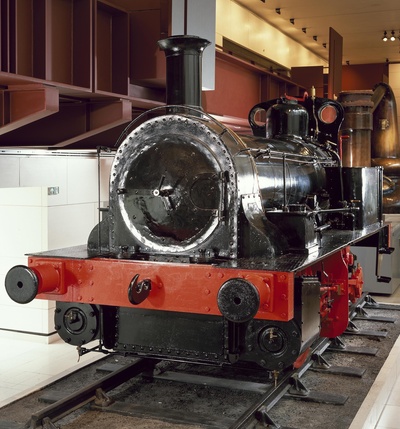
What has a steam locomotive got to do with maths though? Aside from being the inspiration behind the typical maths question most remember of 'Person A gets on a train at 12.38 and Person B gets on a train 10 miles away at 13.02...'
There's a couple of reasons the steam loco is a favourite unlikely mathematical object. The first is the standardisation of time across the UK, the second is networks and the third is railway operations.
Before the prevalence of steam engines across the UK each location had a slightly different time which was determined by the sun. Once the railway network expanded across the UK a standard time was required for timetabling. This standard time (also known as Railway Time) was the Greenwich Mean Time. You can find out more on the Royal Museums Greenwich website.
Railway networks are important because they define how are connected to each other. Network theory is a branch of mathematics used by transport planners to prioritise and plan which stations to connect.
The final reason is railway operations. The railway runs to strict timetable and lots of quick maths and logical thinking is needed to make that happen including which trains to prioritise at junctions.
Which is your favourite maths object at National Museums Scotland? The museums may be closed but you can search the collections online.
Week 3
Third week theme is Camouflage and Adaptation
For this week we have chosen the i-Limb and the zebra both found at the National Museum of Scotland.
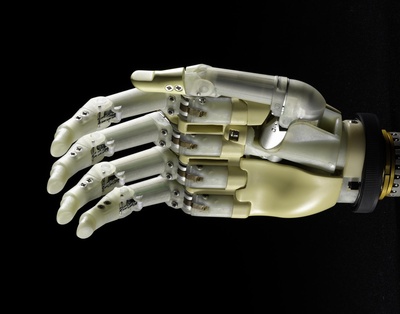
Building prosthetics that mimic movement of hands is tricky. Mathematical models were used to help calculate the forces and movement needed to mimic the motion of human fingers. Scientists can use this information to program the i-limb. Using this technology, a large range of motion is possible making it easier for people to adapt to using the i-limb.
Watch this video below to find out what goes into the creation of the i-Limb.
Covers have been created for the i-Limb to camouflage it to the patients skin tone. Others such as the Alternative Limb Project choose to showcase their personality and interests.
Week 2
Second week theme is: Communication
The Science and Technology galleries are full of fantastic objects related to communication. One of our favourites is the enigma machine on display. This video shows how the enigma machine worked.

Week 1
First week theme is: Decoration.
For this week we have chosen a table and dress both located in the National Museum of Scotland.
The table is inspired by fractals and geometry. Each leg starts as one at the floor then splits equally into three at three different points between the floor and the tabletop. The top is made of hexagons which tesselate together. This means the shapes fit together without spaces to form a top without gaps.
The tables are built so they can be used individually or slot lots of table together to create a giant table!
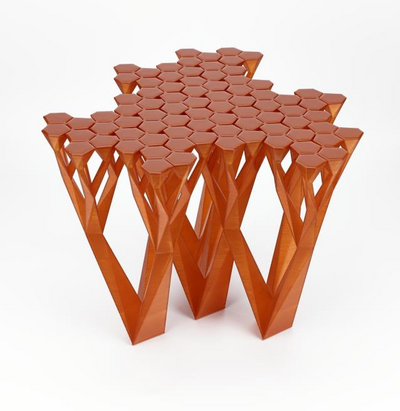
This dress by Holly Fulton uses interlocking triangles in various colours to form a pattern across the dress. Where else can we see this in the Fashion and Style gallery? Try experimenting with interlocking and tessellating shapes in your artwork.

Good luck with your entries! Check back next week for more maths inspiration!
Latest News and Events
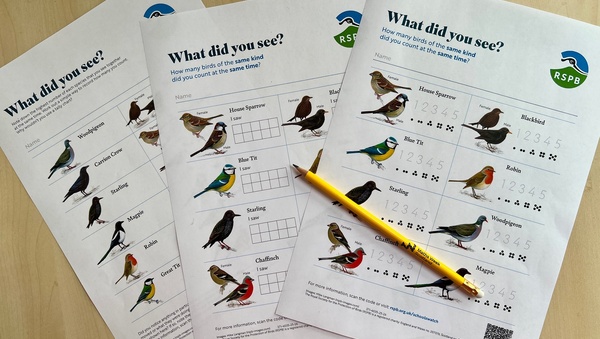
RSPB Big Schools' Birdwatch
It is almost time for the RSPB Big Schools’ Bird Watch – the largest citizen science project for schools across the UK. Sign up to take part, from 6th January- 13th February 2026.
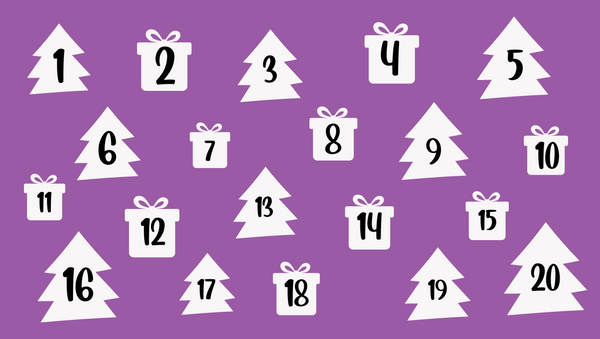
Pick & Mix Your Own Christmas Holiday Countdown
We've pulled together all our seasonal resources from the last three years, and thrown in a few new ones too, so that you can create your own Christmas Holiday Countdown depending on age, ability and preferences. With games, puzzles, art and craft activities to choose from, as well as our interactive puzzle mystery story.
